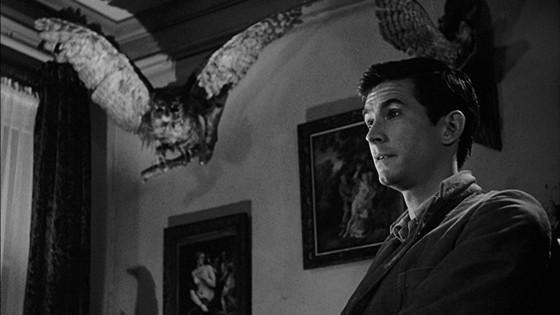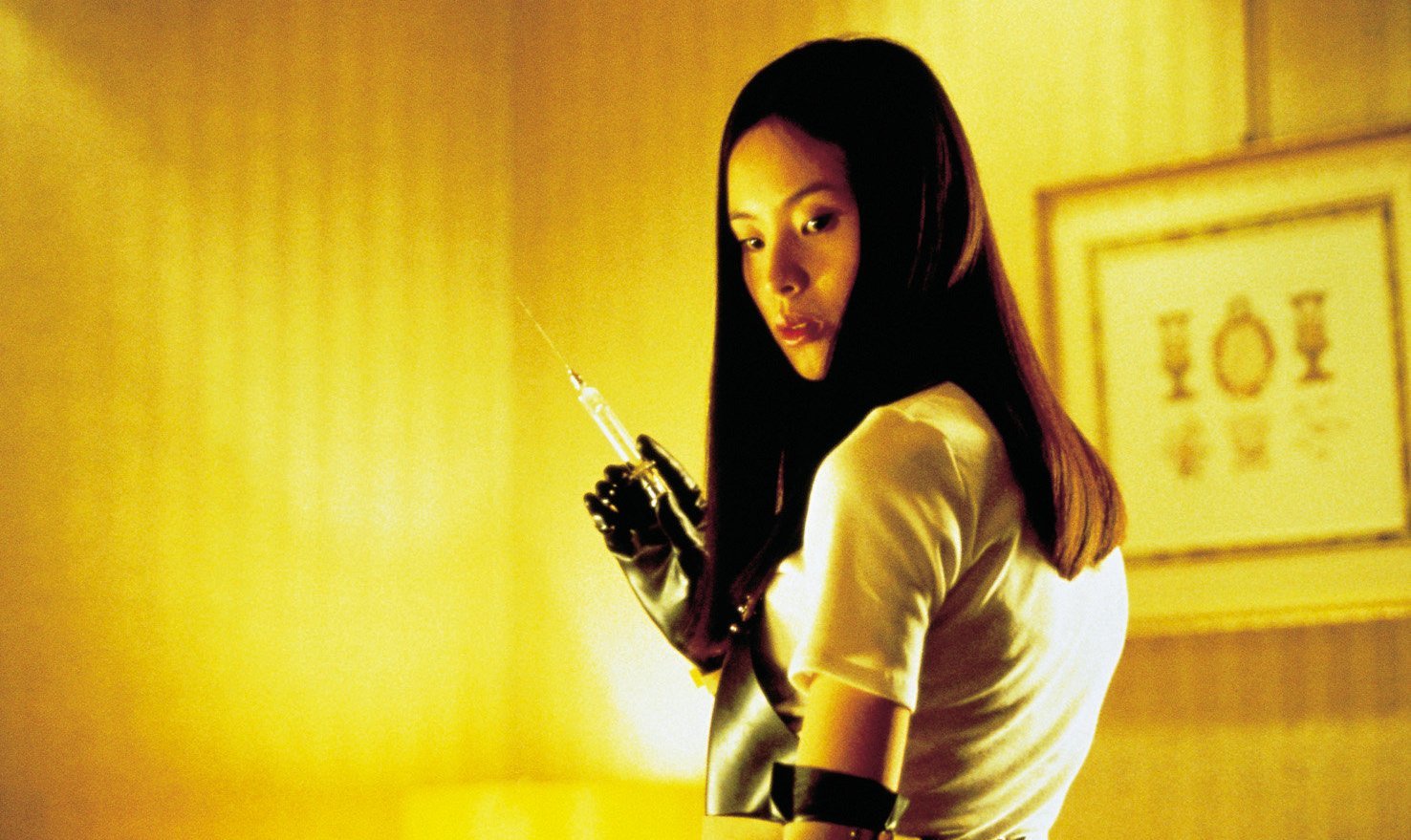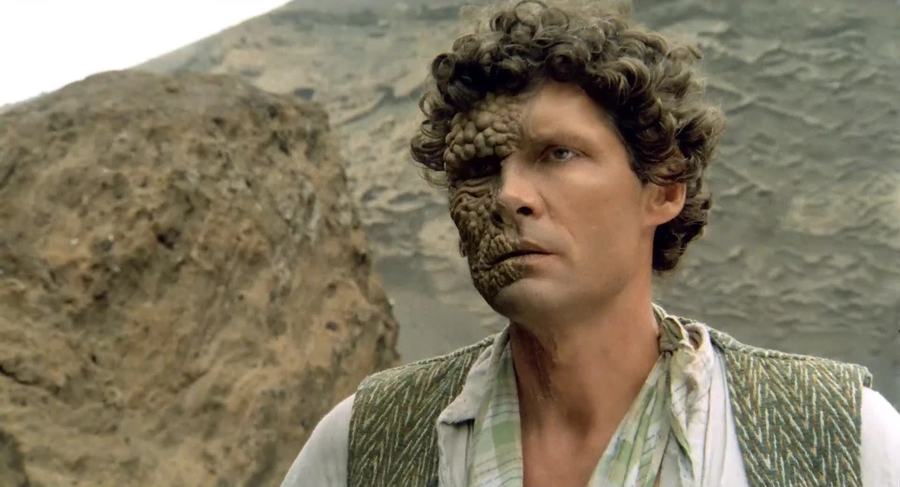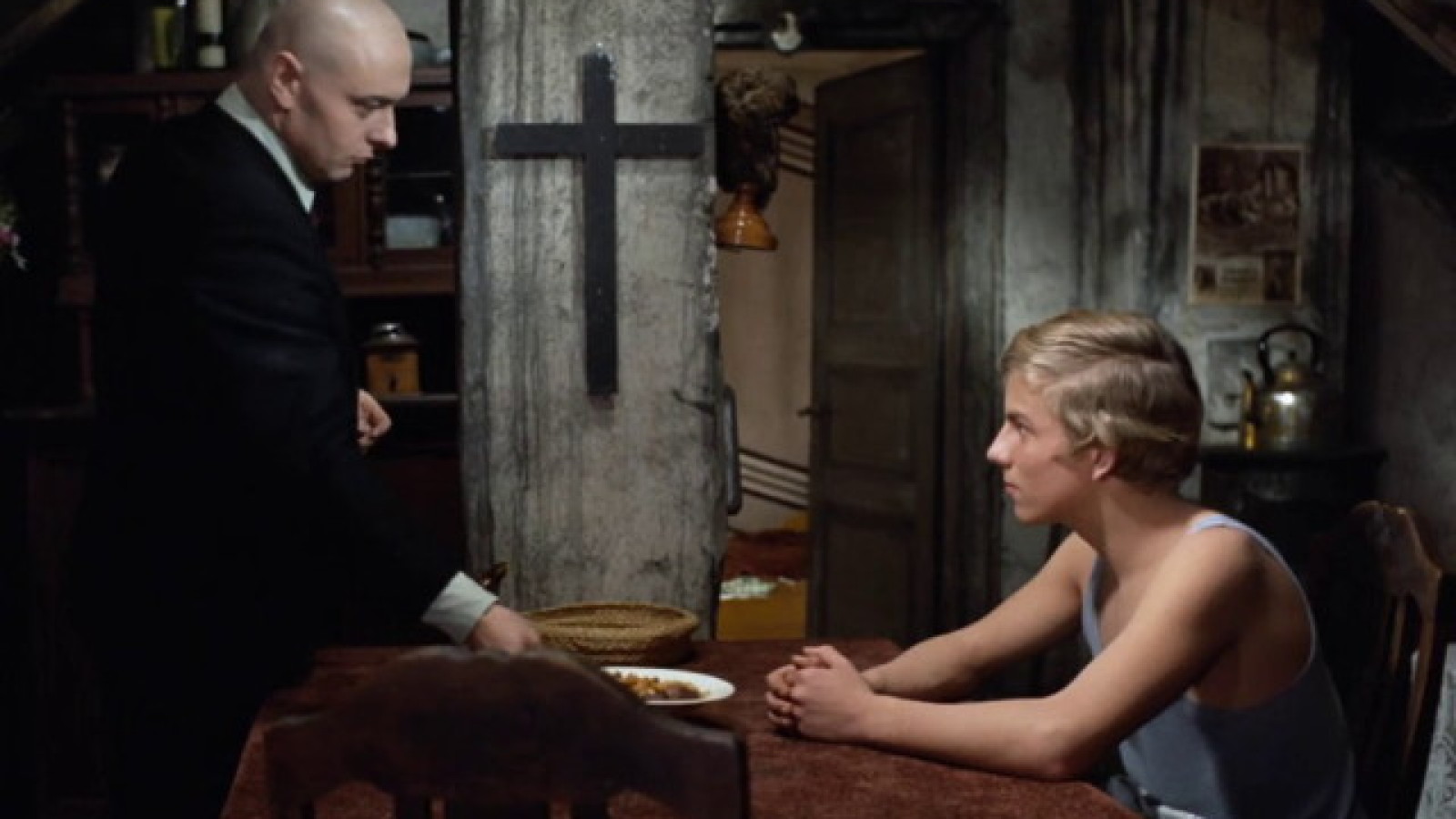6. Psycho (Alfred Hitchcock, 1960)

Okay, so before you all jump to the comments and complain that this film isn’t unsettling, keep in mind that this list is about watching films alone. Psycho works beautifully as one of the most paranoid films of all time, from the opening sequence, which hides this sexual relationship as something vaguely innocent and only gets more and more uncomfortable from there. Within the film, Hitchcock’s pacing is impeccable, and the use of sound editing and mixing is astonishing in how it makes the audience empathise with Marion Crane.
Of course, the shower scene is iconic, and it absolutely deserves to be, with Bernard Hermann’s shrieking score accompanying the jagged editing and the blood-curdling screams of Crane perfectly, creating this insane cacophony that, when added to the almost violent use of obscured nudity and just this strong feeling of being exploited by Hitchcock, one of cinema’s strong manipulators, is simply wild.
And that’s not taking into account the paranoia buried within the rest of the film, a film afraid of everyone, a film in which no one is really who they seem to be. Crane is a criminal, Norman Bates is a murderer, Mrs Bates is dead and even the safe hands of a film director become a crushing, clenching grip on an unassuming audience.
7. Kill List (Ben Wheatley, 2011)

Speaking of paranoia, enter Ben Wheatley’s divisive 2011 release, Kill List, which focuses on two hitmen who find out that they may have bitten off slightly more than they can chew with their newest job.
Though the film could easily be called pretty nonsensical, in that the way that the plot develops never quite makes sense, not entirely anyway, however, sometimes the feeling taken from a film is more important to the experience of viewing it than anything else, and Kill List is definitely one of those films.
Though Wheatley is quite hit-or-miss, Kill List really shows all of his talents as a director, making it so clear that he just loves to toy with his audience. It’s surprisingly playful, in terms of form anyway, even if the themes and the story of the film go completely against this.
It’s also just so impressive to see just how far Wheatley is willing to take the film, providing one of the most surprising endings of recent memory and proving Wheatley as a director to really take note of. It’s ridiculously unsettling, endlessly paranoid and seriously stirring. It also shouldn’t be watched alone… or with others, for that matter, because you won’t be able to trust anyone afterwards…
8. Audition (Takashi Miike, 1999)

The chances are that almost any of the many films of the wonderful Takashi Miike could have taken this spot, however, why not go with the film of his that consistently proves itself as one of the most shaking experiences that someone could have with a film.
Starting off as a wholesome tale of a search for romance before turning into a mystery, and, eventually, one of the most out-for-blood horror films ever made, Audition works as one of the most powerful examples of misleading an audience to ever be released.
There is just something so delicately persuasive about the way that Miike draws the audience in, much like a magician teasing an audience with his left hand whilst preparing a trick with his right, and then so aggressive about how he goes completely against this at the end of the film with the final act, which still holds up as one of the all time best showstoppers put to screen.
Miike’s ending works as strongly as it does due to the careful build up that is the rest of the film, and the way that it guts an audience is one of the most impressive moments of cinema out there. It is equally enigmatic and distressing, beautiful and depressing, confusing and shocking… and it has to be seen to be believed.
9. Iguana (Monte Hellman, 1988)

Monte Hellman’s relatively unknown horror about a disformed man who, after being harassed by a group of men, decides to start his own society on an island. This doesn’t seem horrifying, however, ‘Iguana’ focuses on crafting his new society out of hatred, abusing anyone who comes onto the island as a way to get revenge on the human race for how they treat him.
It’s a seriously twisted, surprisingly upsetting film about how anger can and often is completely misdirected, whilst also working as a surprisingly frightening work about the helplessness that some people have. It really stirs up some strong emotion, and lingers in the mind long after the credits roll.
10. Tenderness of the Wolves (Ulli Lommel, 1973)

Likely the most unknown film on this list, Ulli Lommel’s 1973 film Tenderness of the Wolves is a true story based upon Fritz Haarman, a German man living during World War II who lured young men to his house, killed them and then sold the meat from their body as a way to make a living.
If you don’t find that alone severely disturbing, you may need a little help. Add to that the chilling tone of the entire film, which carries along this unshakeable dread from the moment that it is revealed what Haarman has been doing to is victims, and the lead performance by Kurt Raab (who also penned the screenplay).
It’s massively uncomfortable, consistently nauseating, and when you remember that this is all based on true events, and upon further research, not even in the same way that some horror films pretend to be by taking a real event and massively exaggerating it for dramatic effect, the story is almost entirely true, which then adds an entirely new meaning as a horrendous look at the desperation caused in Germany by World War II, stripping back the typical focus on figures like Hitler in films such as Downfall and looking at how World War II had an impact on daily life for German civilians. Rainer Werner Fassbinder also has a small appearance, so there is something in this film for all.